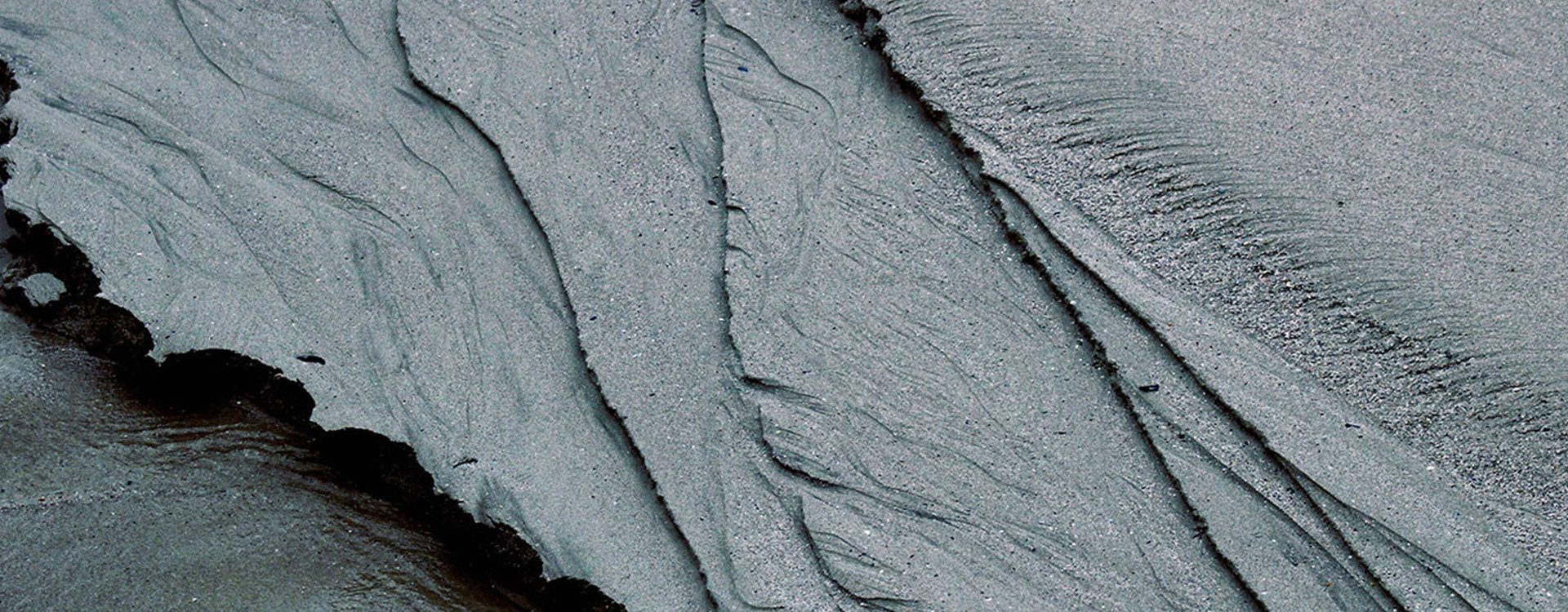Washing methods and types of denim!
release time:
2023-03-09
1. General washing is ordinary washing. It's just that the washing we are familiar with on weekdays is changed to mechanization. The water temperature is about 60 ° -90 ° C, and a certain amount of detergent is added.
1. General washing is ordinary washing. It's just that the washing we are familiar with on weekdays is changed to mechanization. The water temperature is about 60 ° -90 ° C, and a certain amount of detergent is added. After about 15 minutes of ordinary washing, water and softener can be added to make the fabric softer, more comfortable, and more natural and cleaner visually. Usually according to the length of washing time and the amount of chemicals used, general washing can be divided into light general washing, general washing, and heavy general washing. Usually light general washing is about 5 minutes, general washing is about 15 minutes, and heavy general washing is about 30 minutes (this time is inaccurate). There is no obvious limit between these three washing methods.
2. Stone washing/stone grinding stone washing means adding a certain size of pumice stone to the washing water to polish the pumice stone with the clothes. The water level in the grinding cylinder is carried out at a low water level where the clothes are completely soaked, so that the pumice stone can be in good contact with the clothes. General washing or rinsing can be carried out before stone grinding, or rinsing can be carried out after stone grinding. According to the different requirements of customers, yellowstone, white stone, AAA stone, artificial stone, glue ball, etc. can be used for washing to achieve different washing effects. After washing, the cloth surface appears gray and old, and the clothes are slightly to severely damaged.
3. Sand washing Sand washing uses more alkaline and oxidizing additives to make the clothes have a certain fading effect and outdated feeling after washing. If it is matched with stone grinding, a layer of soft frost-white fluff will be produced on the surface of the fabric after washing, and then some softener will be added., can make the fabric soft and soft after washing, thereby improving the comfort of wearing.
4. Enzyme washing enzyme is a cellulase, which can degrade the fiber structure at a certain pH value and temperature, so that the cloth surface can fade gently, fade (produce "peach skin" effect), and obtain long-lasting soft effect. Stone can be used in combination with or instead of stone. If used together with stone, it is usually called enzyme stone washing.
5. Rinsing In order to make the clothes have a white or bright appearance and a soft feel, it is necessary to rinse the clothes, that is, after ordinary washing with water, heat them to 60 ° C, and add an appropriate amount of bleach according to the depth of the bleaching color. Make the color consistent with the plate within 7-10 minutes. During operation, the direction of adding bleaching agent should be consistent with the steering of the rotary cylinder, so as to avoid the bleaching agent falling directly on the clothes because it cannot be diluted with water as soon as possible, resulting in local bleaching. Before bleaching, the water level in the cylinder should be slightly higher so that the bleaching can be diluted. After the clothes are bleached on the board, the residual bleaching water in the water is neutralized with large (small) soda (Na2CO3, NaHCO3) to stop the bleaching completely. After the water is over, add detergent, fluorescent whitening agent, hydrogen peroxide, etc. in the water temperature of 50 ° C for final washing, neutralize the pH value, fluorescent whitening, etc., and finally soften it. Rinsing can be divided into oxygen bleaching and chlorine bleaching. Oxygen bleaching uses the oxidation of hydrogen peroxide at a certain pH value and temperature to destroy the structure of the dye, so as to achieve the purpose of fading and whitening. Generally, the surface of the bleached cloth will be slightly reddish. Chlorine bleaching uses the oxidation of sodium hypochlorite to destroy the structure of the dye, thereby achieving the purpose of fading. The fading effect of chlorine bleaching is rough, and it is mostly used for the rinsing of indigo denim. After bleaching the board, the residual chlorine in the water and clothes should be neutralized by sea waves to stop the bleaching. After bleaching, stone grinding is carried out, which is called stone rinsing.
related news
Washing methods and types of denim!
2023-03-09
Finishing of knitted denim fabrics
2023-03-09
What's so different about knitted denim?
2023-03-09
Daily maintenance and care of jeans
2021-11-12


